Zero waste fashion, zero waste design and zero waste sewing are all terms that have started to pop up more and more recently and it’s a topic that’s closely linked to my recent series on stash busting and carefully planned sewing versus rushed sewing that never gets worn.
What exactly is “zero waste sewing”?
According to Wikipedia:
“Zero Waste Fashion refers to items of clothing that generate little or no textile waste in their production”
logical so far, yes? Especially in the light of these staggering statistics:
- 400 billion square metres of fabric are manufactured each year, 15% of that is wasted in cutting
- that’s an enormous 60 billion square metres, which to put it into perspective would cover Switzerland and Wales
That’s a lot of fabric!!
As makers of our own clothes, we can immediately see how this can happen when we’re carefully trying to dovetail pattern pieces together to get the most out of our fabric, only then to be left with a collection of awkward shaped offcuts. Also as makers, like with so many issues that emerge from the global clothing and textile industry, we have the power to start making a change!
Earlier this year I had the opportunity to find out more about zero waste sewing at a seminar organised by the champion of all things sustainable and ethical in sewing – the lovely Charlie Ross of Offset Warehouse.
The key to zero waste sewing is in clever cutting and creative use of offcuts. Designing a zero waste dressmaking project is an exercise in putting together jigsaw puzzles!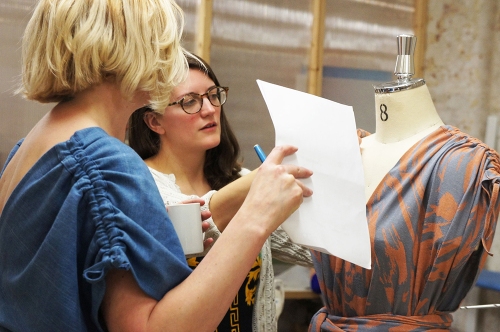 Photo © Charlie Ross
Photo © Charlie Ross
At Charlie’s seminar there were a couple of creative pattern cutters showing us how they (and others) manage to do just that. Eve Tokens (www.thecreativecurator.com) is a creative pattern cutter who specialises in zero waste pattern cutting techniques and here’s what one of her patterns looks like!
Here is Eve again with a dress she made on the mannequin 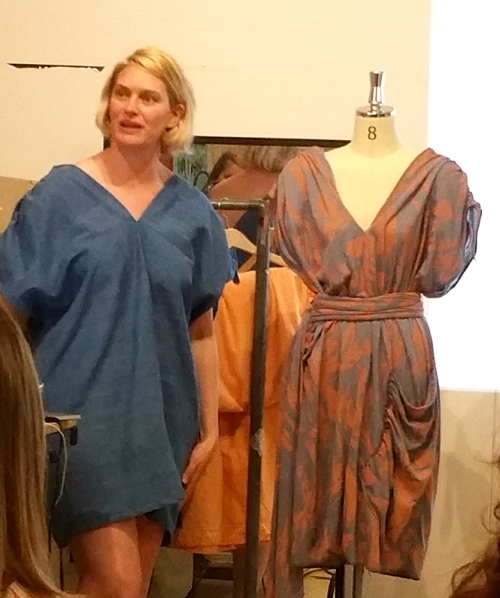
and what was left over after she’d made it:
just a few overlocked seam allowances!
Franki Campbell (www.frankicampbell.co.uk) is also interested in zero waste design and introduced us to the work of some well established zero waste fashion designers (a list of links to the work of these designers is at the end of this post):
- Holly McQuillan a designer, maker and writer who mainly works in sustainable design,
- Timo Rissanen a fashion designer specialising in zero waste fashion design who also teaches his techniques in New York,
- Julian Roberts is a UK based designer and teacher who has developed a technique of “substraction cutting” where the aim is to shape a piece of fabric by taking away strategic small parts.
Now you only have to spend a few minutes flicking through the pages of any book on the early history of clothing and you will realise that a zero waste approach isn’t new; kimonos, saris, clothing worn in medieval Britain you could say that all of these garments are zero waste designs.
However, these garments were all created at times when fabrics have been considered precious and therefore expensive which was the main driver behind their design and minimal wastage.
The fact that we now need to re-educate ourselves about zero waste design is another symptom of our cheap throwaway culture in which many people don’t think twice about wasting great chunks of fabric.
It’s also symptomatic of the way that making clothes has become an industrialised mass production activity as opposed to small-scale craft production. In large scale mass-market garment manufacturing, designers are usually very remote from (and often never even meet) the pattern cutters within a company and this harks back to one of my bug bears about much of the fashion industry (and fashion education); how on earth can you successfully design a really meaningful, well-designed, quality garment that will have a long and well worn life if you don’t have at least some idea of how it will be made? When I’m designing, I don’t just sit down with a pencil and a piece of paper and make pretty drawings of ideas buzzing around my head. I start with a vague idea, I research it and see how it’s been done before and then I start playing with patterns and fabric, it’s only then that my idea really starts to take shape.
How can you incorporate some zero waste techniques into your sewing?
- Use your leftover scraps creatively (have a read back at my first stash busting post for ideas and inspiration on how to use offcuts for small garment parts and how to use them as embellishment on your garment).
- Don’t always follow the cutting plan given in your sewing pattern – they’re usually on the generous side so you might find with a bit of jiggling you can get your pattern pieces to fit together in a more snug layout and save a more useful sized chunk of your fabric.
- Piece together leftover fabrics creatively to use them again in another project.
Sadly we couldn’t stay beyond the seminar at Charlie’s event, which was a shame as the rest of the day was spent making a zero waste dress that Charlie designed for a new book “Slave to Fashion” by Safia Minney (founder of fairtrade clothing brand People Tree). 
If you follow Charlie on Instagram (@offset_warehouse) you’ll see some photos of the gorgeous frocks participants created on the day.
I also want to mention the venue where the event was held – Building Bloqs (www.buildingbloqs.com) a wonderful open access making space in north London. They have a fully equipped sewing studio complete with a range of industrial machines and pressing equipment and the team there aim to offer affordable spaces for designers and small scale manfacturers and honestly, I’d love to work in that studio!! The whole thing was just spot on, we need more spaces and events like this.
I’ve got my copy of “Zero Waste Fashion Design” by Timo Rissanen & Holly McQuillan,
here’s some suggested reading and watching if you’re inspired and want to know more:
- The RSA’s Youtube channel is inspiring and challenges accepted “norms” about society and how we work: https://www.youtube.com/user/theRSAorg
- “Slave to Fashion” by Safia Minney.
- www.makeuse.nz – website of Holly McQuillan where you can find several zero waste dressmaking projects to download for free.
- www.timorissanen.com – where you can follow the artist’s work.
- www.julianand.com – for more on the work and teaching of Julian Roberts.
- Books about zero waste clothes from the past: “The Medieval Tailor’s Assistant” by Sarah Thursfield and “Cut My Cote” by Dorothy K Burnham.
SaveSave

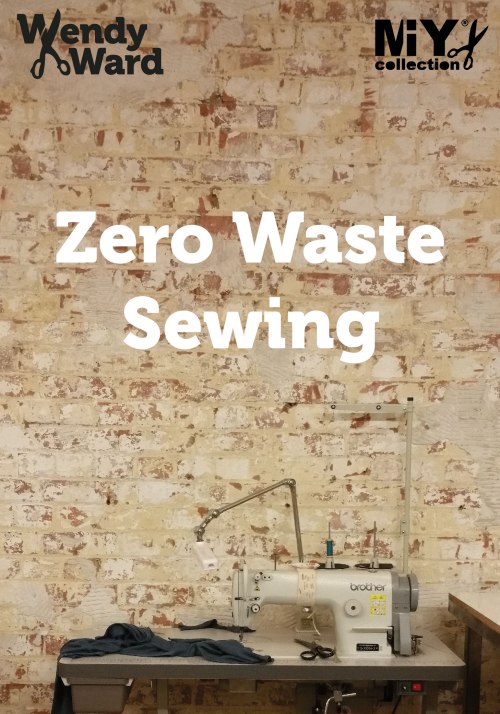
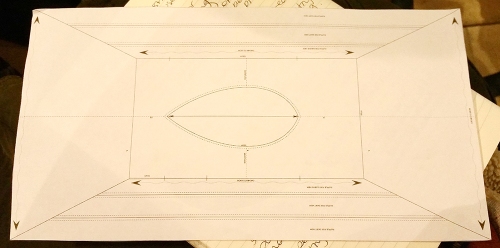



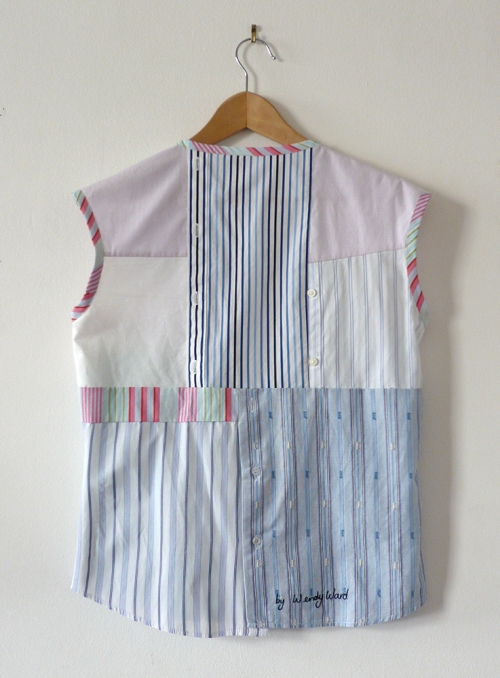


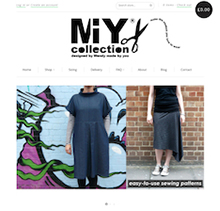




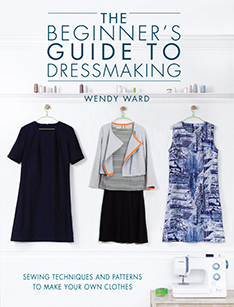












Pingback: 30. Zero Waste Sewing & Clothing – Asian Sewist Collective
Pingback: Zero waste & low waste fashion: a list of resources – Embers on the hearth
Pingback: About this project – Zero-Waste Pattern Database
Pingback: Zero Waste Sewing Patterns you should try – SEWRENDIPITY
When placing a pattern on fabric, seldom do I use the layout as set out in the pattern (the exception might be when it’s cut on the bias). Rather than teaching me to sew, I watched how my mother (b1922, d2018) sewed a garment & how she cut the fabric from a pattern (or not, but that’s another subject). Mum seldom had much fabric left over. Women of that era had to be economical with their fabric purchases. In short, when I cut out my fabric, I always think of mum & how she’d do it. She’s always with me when I sew.
LikeLike
That’s such a wonderful insight into your process Jill, thanks for sharing. I have to confess I don’t often follow layplans either and I love the challenge of fitting a pattern into a piece of fabric that initially seems too small.
LikeLike
Very interesting and informative. Just bought Slave to Fashion due to this post.
LikeLike
Pingback: Choosing Patterns for Sustainable Sewing – Sewcialists
I always keep my scraps when I sew, but some fabrics are more usable than others. So they sit there with no place to go. I can’t compost them, because they are synthetic. And I don’t have enough to make a quilt out of. So they sit.
LikeLike
I know what you mean, me too 🙁 I keep thinking that one day I’ll come up with some clever way of using them…..
LikeLike
Another point to add would be composting cotton scraps, using scraps as pillow/doll stuffing, repurposing scraps into rugs/rags or recycling throughout Gemcycle.m or TerraCycle. It doesn’t mean the sewing part has to be zero waste, especially the at homers/non commercial, just creative waste to use the ‘waste’ and yes minimize it.
LikeLiked by 1 person
Another great resource is The Tudor Tailor, interesting read in its own right. Wasn’t until I made my first doublet that I realised how cleverly Tudor tailors used the bias to achieve shape. I have used old cotton sheets as lining too.
LikeLike
Thanks for the recommendation Pat, that sounds like a good read. Makes sense using the bias to create shape and save fabric, I’d love to see how they did it.
LikeLike
This is very interesting to me. The zero waste patterns look too limiting to me. I like the pieced fabric idea quite a bit. In fact, I took a photo off the TV today of a news anchor with a pieced dress for inspiration.
LikeLike
I know what you mean but i sometimes like such tight limitations as I think they force you to be more creative and think outside the box. Zero waste definitely doesn’t have to mean square and shapeless!
LikeLike
I Live that the industry is addressing this! As a frugal and conscious home sewer, I’ve always been aware of just how I’m using or not using fabric. I haven’t followed a pattern layout suggestion for years, will piece two pieces of fabric sometimes rather than cut on the fold, and use the teeny tiny scraps for stuffing when I occasionally make a plush item.
LikeLike
I’m the same with layplans!! I guess that comes with the confidence of experience though.
LikeLike
great post, I am currently trying to reuse as I go, my new thing on left over some shirt cottons will be a rag rug and the other tiny scrap bag holds knit scraps which I am to use to stuff a footstool. I tend to use biasbinding instead of facings and find the 1920-1940s dress patterns and techniques useful as they would have to use up scrap and improvise a lot more. looking forward to checking out your books and links later….
LikeLike
Sounds like a wonderfully creative approach! Your tip about 40s and 50s patterns (and I’d add books too) is a great idea as it was 2nd nature to reuse and repair then, thanks.
LikeLike
Wow, thanks for all the references! I am really trying to use my scraps up so there is very little waste and it would be nice to start with the actual cutting of the fabric!
LikeLike
You’re welcome! Glad to hear it’s useful. Good food for thought isn’t it? I’m sure we could all be a bit more thrifty with our fabrics. That book I got is really interesting and packed with good ideas.
LikeLike
What a great post Wendy! The unsustainability of the fashion industry is my focus for my MA By Creative Practice and the links you’ve provided will be very helpful. Even the terminology used is misleading – pre-production ‘waste’ often being perfectly usable remnants. Thank you for spreading the word!
LikeLike
Thanks Hilary. Snap – my MA was all about ways to re-use textiles!
LikeLike